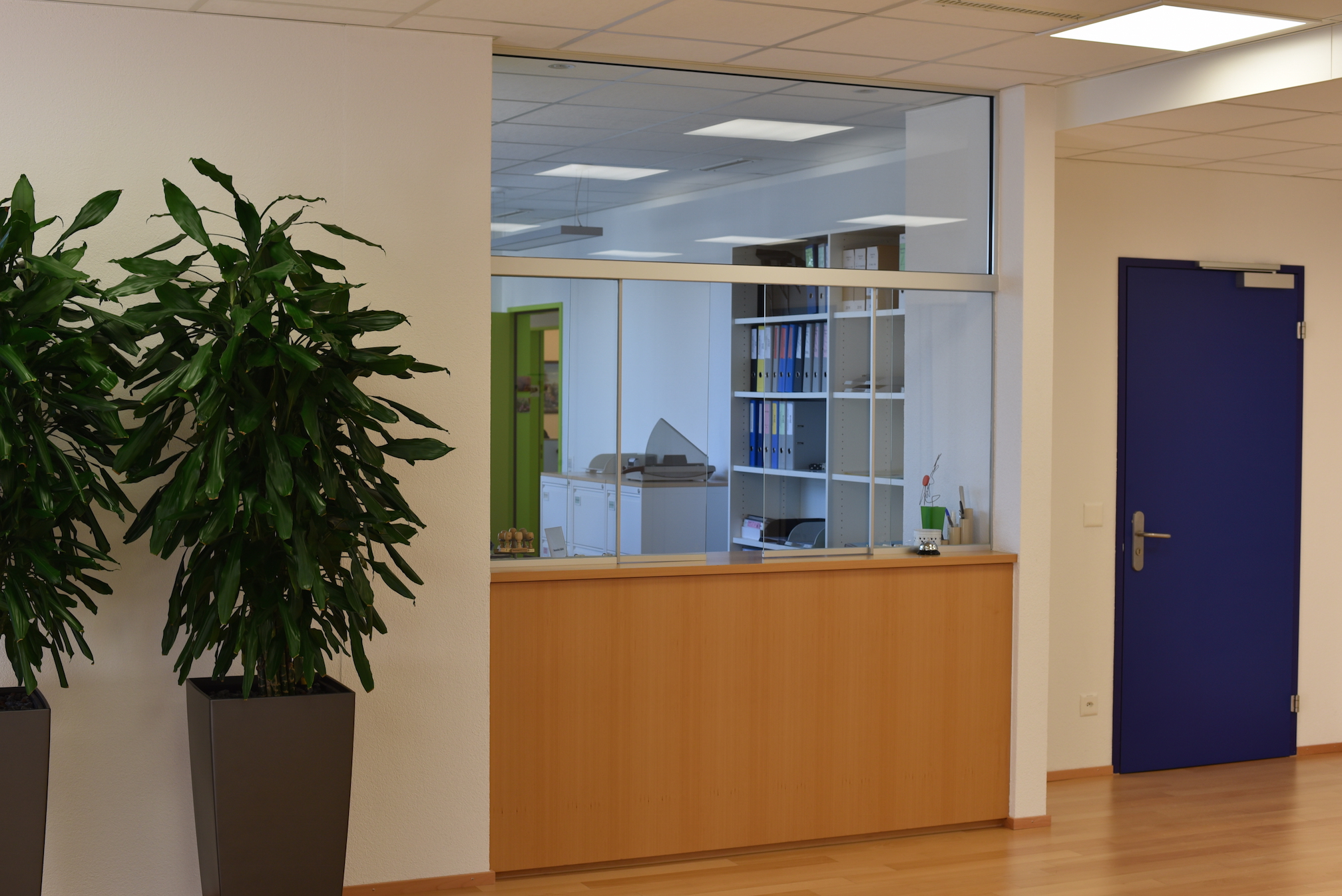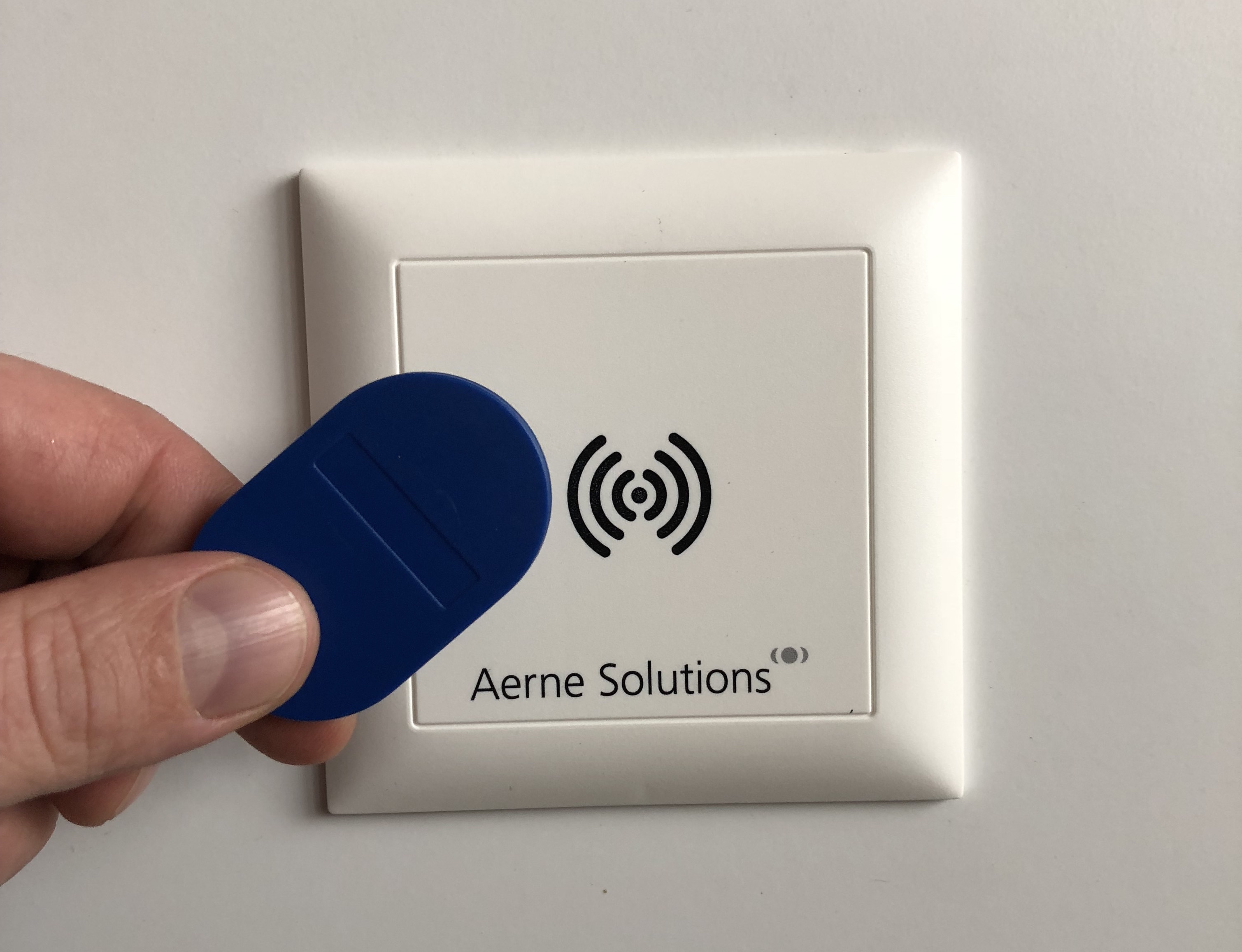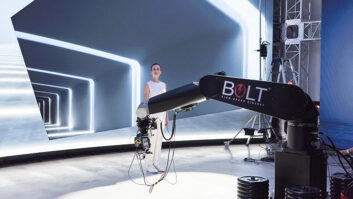
The ZIK Immo AG building in Arbon, Switzerland, has been refurbished and turned into a mixed-use space containing apartments, a medical clinic, a government office, a local court, and small companies renting space.
In 2017, the decision was made to replace the building’s out-dated access control system with a faster RFID-based solution. To install the new system, property managers called on Arbon-based integrator Aerne Solutions.
At the ZIK, Aerne installed RFID readers at 30 doors and two elevators. 200 employees working in the building scan their RFID cards at the readers and are either granted or denied entry based on access rights in the encrypted software running on a server. However, having the RFID readers communicate directly with the server to check access codes would have been a slow process. To speed things up, Aerne turned to RTI, utilising eight of the company’s XP-3 control processors in conjunction with 30 ESC-2+ Ethernet to serial converters.

Aerne created two-way drivers for the ZIK’s server and RFID readers, which allows them to communicate with the XP-3s. The server sends the system’s access codes to the control processors, where they are saved locally. When an employee scans their card at an RFID reader, their access code is also sent to the XP-3. The processor controls the relays that open the building’s doors, and if the access code it receives is a match for that door, it sends the “unlock” command.
“With the ability to completely customise RTI products for any project via two-way drivers and the incredibly intuitive Integration Designer software, the company’s platform was the perfect solution for the ZIK’s access system,” said Pascal Nyffenegger, systems integrator at Aerne Solutions. “Utilising the XP-3 has proven to be much faster than having the RFID readers communicate directly with the server, and the system itself has performed flawlessly. In fact, we’ve been asked to put in the same system in a new building next door. You can’t get better feedback than that.”







